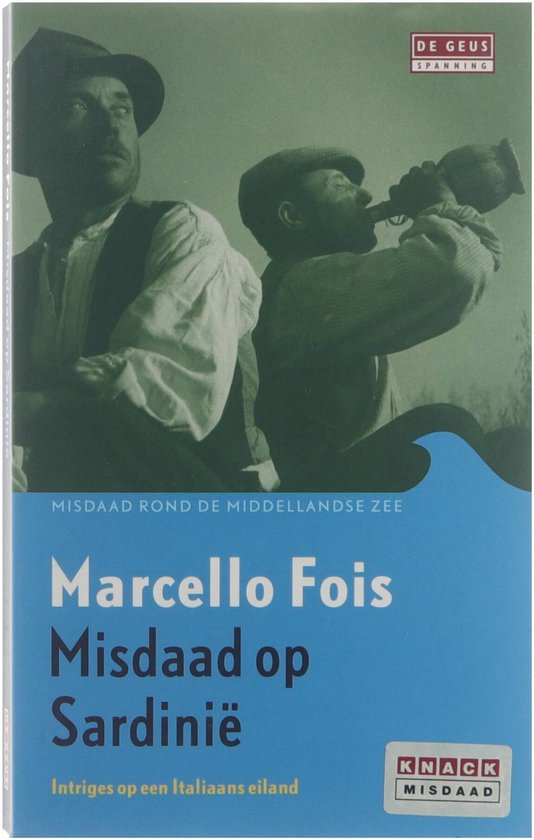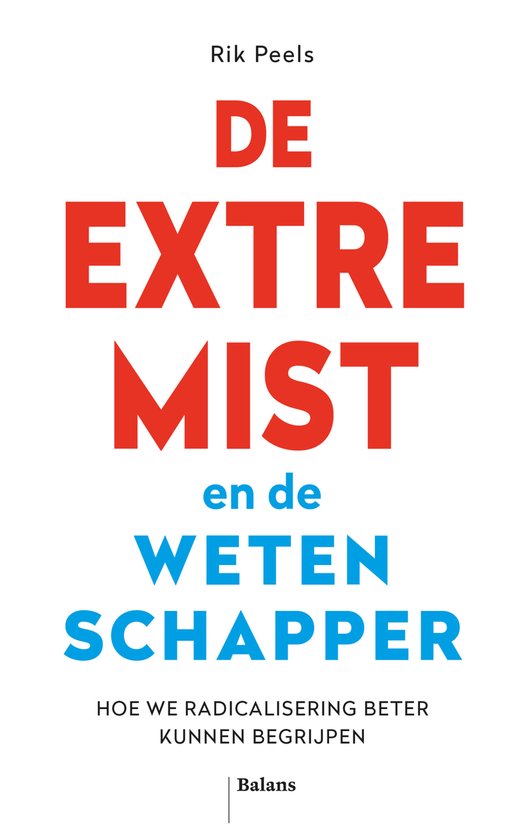
The Plague Cemetery of Alghero, Sardinia (1582-1583)
This study presents a bioarchaeological analysis of the individuals exhumed from the cemetery of Alghero (Sardinia), which is associated with the plague outbreak that ravaged the city in 1582-83. The results shed light on a population which lived during a period of plague, revealing lifestyles, activity patterns and illnesses.
The Plague Cemetery of Alghero (Sardinia, Italy, 1582-1583) presents a bioarchaeological analysis of the individuals exhumed from the cemetery of Alghero, which is associated with the plague outbreak that ravaged the city in 1582-1583. This cemetery revealed a particular burial typology, consisting of long and narrow trenches, each containing multiple inhumations, which attests to a catastrophic event, such as an epidemic with high mortality in a short period of time. Given the rarity of human remains from epidemic contexts buried in trenches, the skeletal sample from Alghero represents valuable material. In fact, no other Italian plague cemeteries have been examined through a detailed bioarchaeological analysis, and the study thus serves as a model for future research.
The author examines a series of parameters, starting from the demographic profile of the sample –181 individuals from 15 trenches – and taphonomic analysis, and then analysing stature, dental pathologies, stress indicators, degenerative joint disease, entheseal changes and other pathologies. The study is intended to illuminate a cross section of 16th century Sardinian society in a coastal city through a holistic view, which interweaves the documentary evidence for plague, funerary responses and the health status of the population. The main objective is therefore to shed light on a population which lived during a period of plague, revealing lifestyles, activity patterns and illnesses and providing a significant contribution to the bioarchaeology, palaeopathology, and archaeology of the Italian territory.
The Plague Cemetery of Alghero (Sardinia, Italy, 1582-1583) presents a bioarchaeological analysis of the individuals exhumed from the cemetery of Alghero, which is associated with the plague outbreak that ravaged the city in 1582-1583. This cemetery revealed a particular burial typology, consisting of long and narrow trenches, each containing multiple inhumations, which attests to a catastrophic event, such as an epidemic with high mortality in a short period of time. Given the rarity of human remains from epidemic contexts buried in trenches, the skeletal sample from Alghero represents valuable material. In fact, no other Italian plague cemeteries have been examined through a detailed bioarchaeological analysis, and the study thus serves as a model for future research.
The author examines a series of parameters, starting from the demographic profile of the sample –181 individuals from 15 trenches – and taphonomic analysis, and then analysing stature, dental pathologies, stress indicators, degenerative joint disease, entheseal changes and other pathologies. The study is intended to illuminate a cross section of 16th century Sardinian society in a coastal city through a holistic view, which interweaves the documentary evidence for plague, funerary responses and the health status of the population. The main objective is therefore to shed light on a population which lived during a period of plague, revealing lifestyles, activity patterns and illnesses and providing a significant contribution to the bioarchaeology, palaeopathology, and archaeology of the Italian territory.
| Auteur | | Valentina Giuffra |
| Taal | | Engels |
| Type | | Paperback |
| Categorie | | Geschiedenis |





